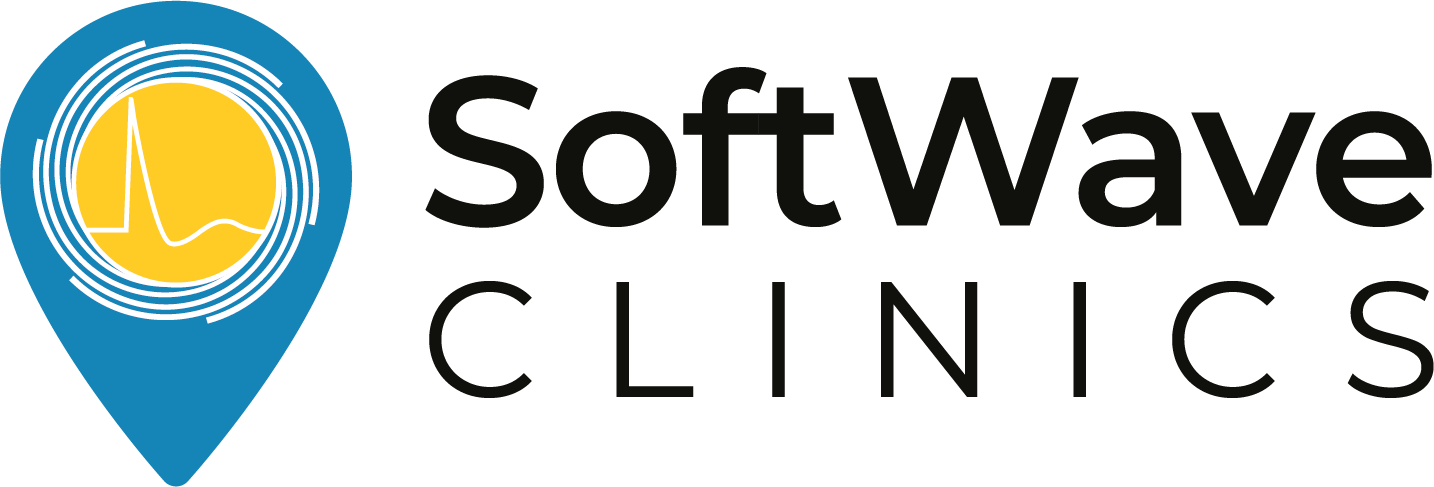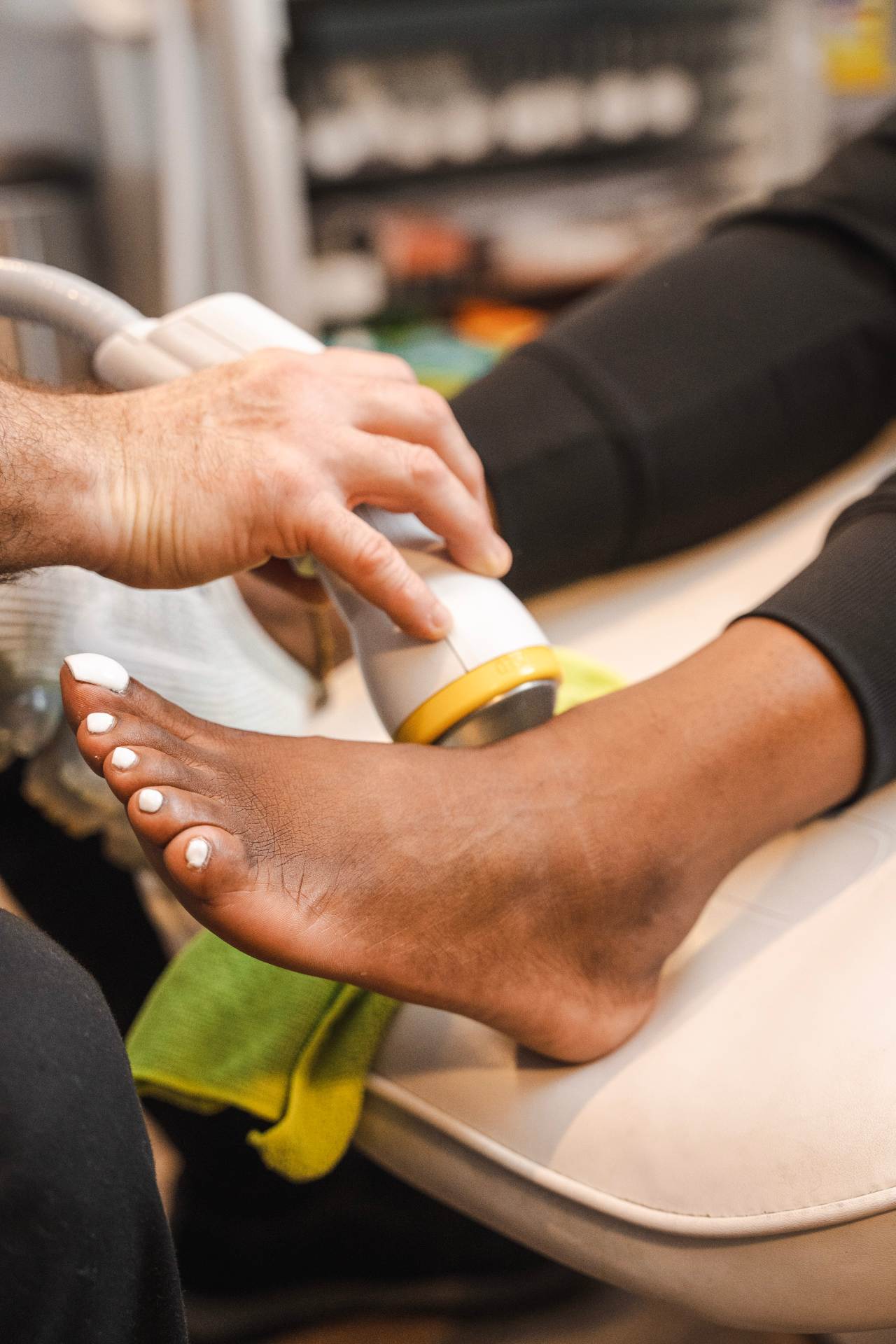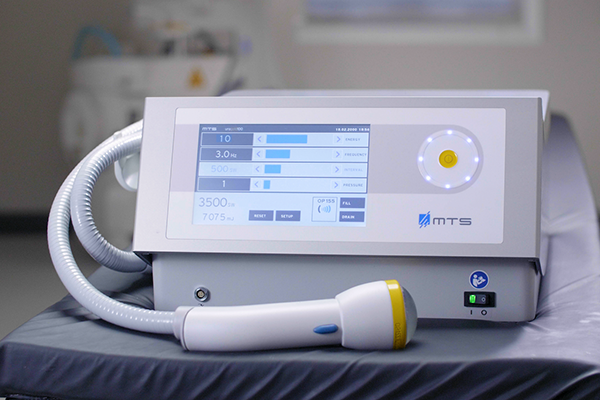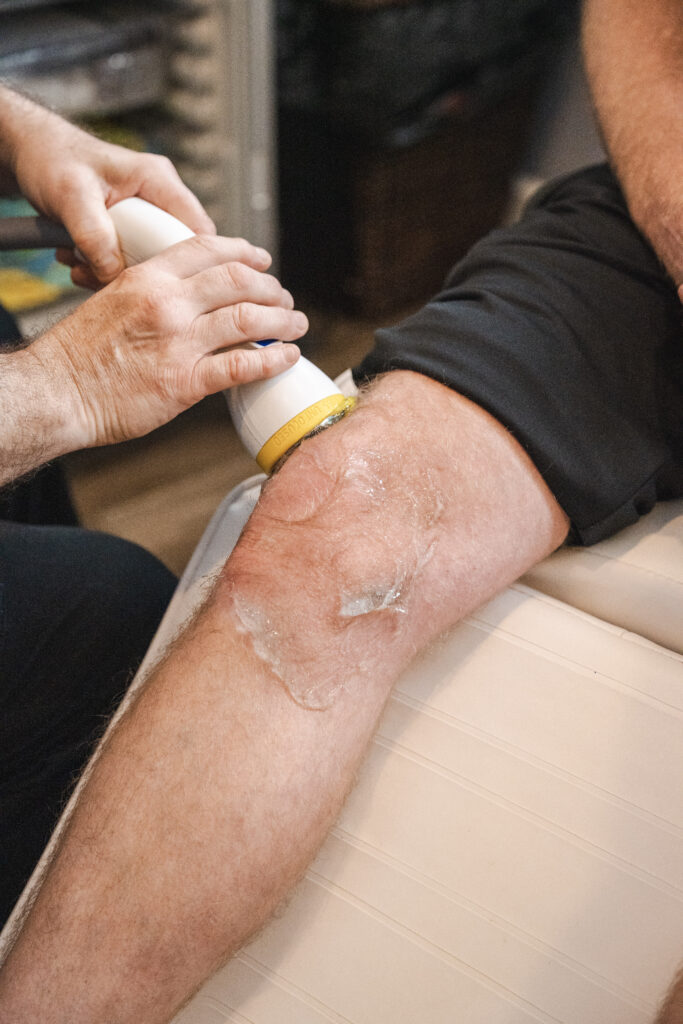Plantar fasciitis can be triggered by a variety of factors, including physical activity and underlying medical conditions. Here are some of the most prevalent causes of plantar fasciitis:
- Overuse or strain: Excessive running, walking, or other high-impact activities can lead to strain or injury in the plantar fascia, resulting in pain.
- Age: The risk of plantar fasciitis increases with age, as the tendons and ligaments naturally become less flexible and more prone to injury.
- Inappropriate footwear: Shoes that do not properly support the foot and heel can contribute to plantar fasciitis.
- Medical conditions: Certain conditions, such as obesity and diabetes, can increase the risk of developing plantar fasciitis.
- Flat feet: Flat feet can put extra strain on the plantar fascia, leading to inflammation.
It’s important to note that these are just some of the most common causes of plantar fasciitis If you are experiencing knee pain, you can learn if your condition is suitable for treatment and try shockwave therapy with our New Patient Special.
Benefits of Shockwave Therapy for Plantar Fasciitis
When it comes to treating plantar fasciitis, shockwave therapy is a promising non-invasive option that provides a plethora of benefits. This therapy uses high-energy shock waves to stimulate healing in the affected area. Here are some advantages of using shockwave therapy for plantar fasciitis:
Accelerated Healing
Shockwave therapy uses high-energy sound waves to spur the body’s natural healing process, accelerating the repair of damaged tissues, including the plantar fascia. This can be particularly beneficial for those dealing with chronic or recurring plantar fasciitis.
Reduced Need for Medications
Conventional treatments for plantar fasciitis often involve medications that can lead to unwanted side effects. Shockwave therapy is a drug-free alternative that can minimize the need for pain medication or other treatments, making it an appealing option for those who prefer non-pharmaceutical treatments.
Improved Quality of Life
Plantar fasciitis can significantly impact quality of life, making it challenging to perform daily activities or engage in hobbies. Shockwave therapy can help alleviate pain and improve mobility, enabling patients to resume their normal activities and enhance their quality of life.
Non-Invasive and Safe
Unlike many plantar fasciitis treatments, shockwave therapy is non-invasive and safe. It does not necessitate incisions or anesthesia and poses a low risk of complications. This makes it a favorable choice for those who wish to avoid more invasive treatments.
Overall, shockwave therapy holds promise as a treatment option for those suffering from plantar fasciitis.
How Shockwave Therapy Works
Shockwave therapy is a non-invasive treatment that uses high-energy acoustic waves to stimulate the body’s natural healing process. Here’s how it operates:
What is a Shockwave?
Shockwaves are quick acoustic pulses with a high-pressure surge followed by a lower-pressure trough. These can be produced by various events that cause a change in air pressure, such as supersonic aircraft, explosions, and earthquakes.
How do Shockwaves Treat Plantar Fasciitis?
A device is employed to create and safely deliver shockwaves to the area affected by plantar fasciitis. These shockwaves promote healing at a cellular level, enhance blood supply, and trigger the body’s innate healing process.
Types of Shockwave Therapy
Shockwave therapy comes in various types, including radial shockwave therapy (RSWT), focused shockwave therapy (FSWT), acoustic wave therapy (AWT), and unfocused shockwave therapy.
Radial Shockwave Therapy involves directing pressure waves to the skin’s surface using a handheld device, frequently employed to treat conditions like plantar fasciitis.
Focused Shockwave Therapy delivers high-intensity shockwaves directly to the impacted area. While this therapy can treat chronic conditions like plantar fasciitis, its intensity may need to be adjusted depending on the patient’s comfort level.
Acoustic Wave Therapy uses low-intensity shockwaves to improve blood flow, reduce pain and inflammation, and promote tissue repair.
Unfocused Shockwave Therapy reaches a broader and deeper tissue area than either focused or radial waves, providing superior relief for large muscle or joint issues, including plantar fasciitis. This therapy type might require fewer sessions compared to radial or focused shockwave treatments. SoftWave for plantar fasciitis is the only unfocused shockwave therapy available widely in the US.






